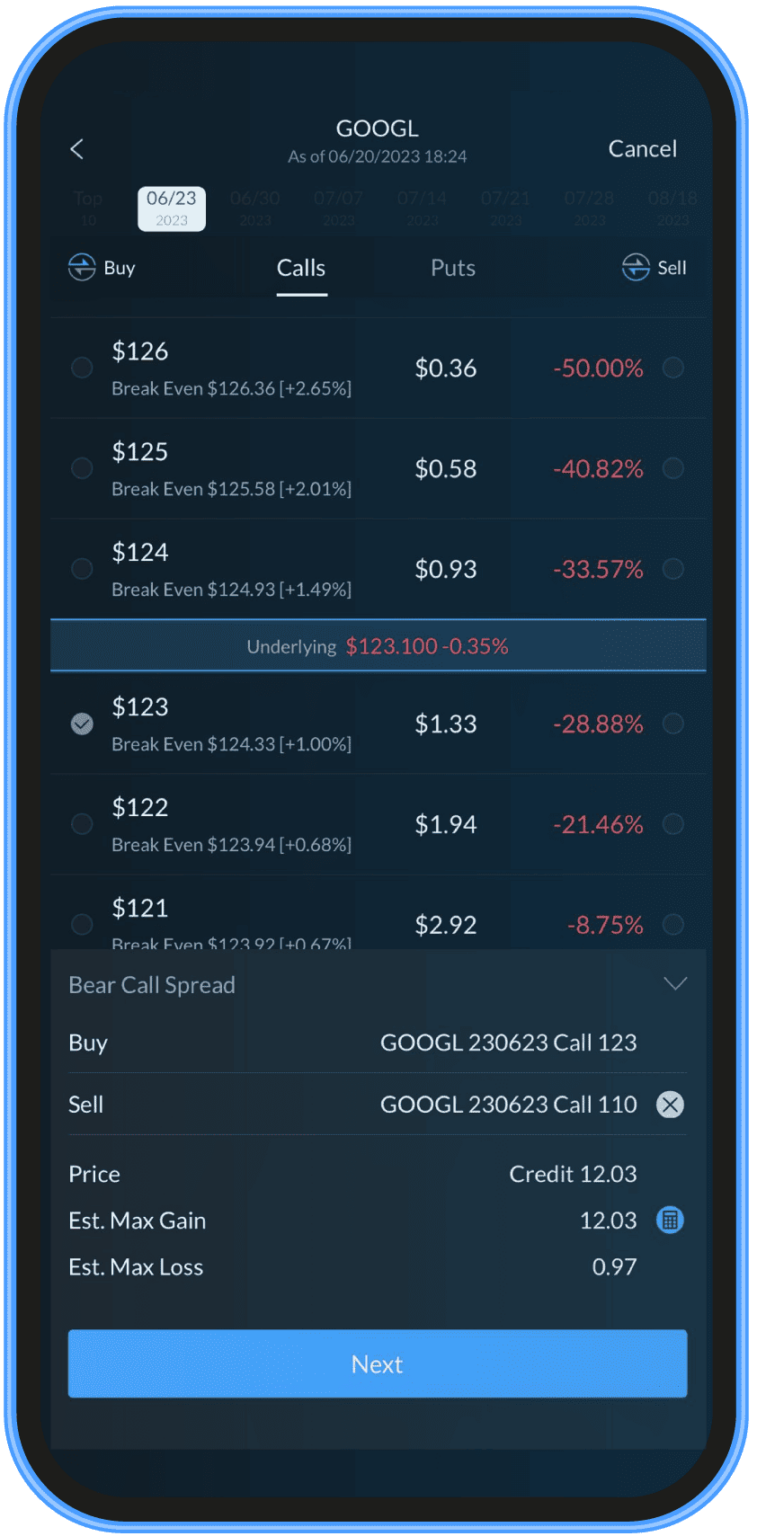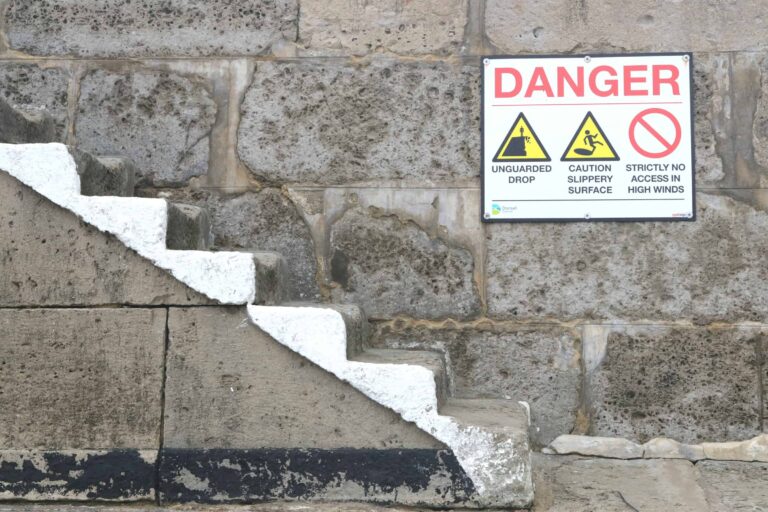Imagine a stock is currently trading at $50. An investor anticipates a moderate price rise but wishes to reduce the cost of a straightforward call purchase. They decide to implement a bull call spread to achieve this goal.
Here’s how the investor sets up this strategy:
- Buy a Lower Strike Call: The investor buys a call option with a $50 strike price, paying a premium of $5. This means they spend $500 (since 1 option contract typically represents 100 shares).
- Sell a Higher Strike Call: To offset some of the cost of the purchased call, the investor sells a call option with a $55 strike price, receiving a premium of $3, or $300 for one contract.
The net debit (cost) for this spread is $200 ($500 paid for the bought call minus the $300 received from the sold call).
Outcome scenarios:
- Stock exceeds $55 at expiration: Both call options are in-the-money. The maximum profit is the difference between the strike prices minus the net debit, which is $300 ($500 difference between strike prices minus the $200 net debit).
- Stock remains below $50 at expiration: Both call options expire worthless. The investor’s maximum loss is the net debit paid, which is $200.
- Stock ends up between $50 and $55 at expiration: The profit or loss will vary depending on the exact stock price at expiration. If the stock ends at $53, for instance, the investor makes a $100 profit ($300 from the lower strike call minus the $200 net debit).
The bull call spread provides a way for investors to benefit from a price rise while limiting their costs and potential losses compared to buying a call outright.
Disclaimer: This article is for informational purposes only and is neither investment advice nor a solicitation to buy or sell securities. Investing carries inherent risks. Always conduct thorough research or consult with a financial expert before making any investment decisions.
p.s. If you don’t yet have a BBAE account, we are still offering an up to $400 sign-up bonus for your first deposit. Get it while it lasts!















